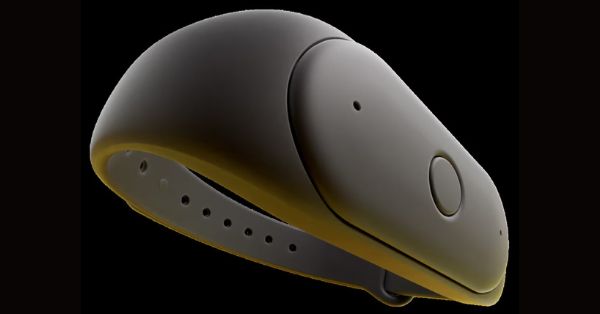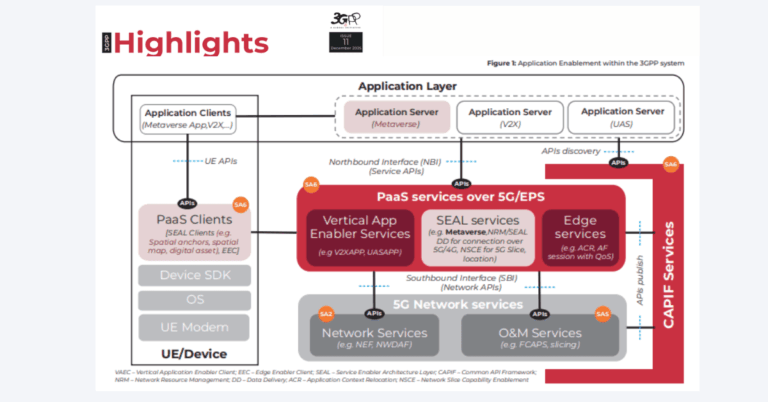Amazon is doubling down on its AI ambitions with the planned acquisition of Bee, a San Francisco-based startup that builds low-cost AI wearables capable of passively recording and analyzing user conversations. While the terms of the deal remain undisclosed, Amazon has confirmed the acquisition, and Bee’s employees have been offered roles within the tech giant.
The acquisition underscores Amazon’s broader strategy to integrate generative AI into everyday consumer hardware—and potentially compete in a category still searching for its breakout device.
Bee’s $50 AI Wearable: Voice-Captured Productivity
Bee’s flagship product is a $49.99 wristband, similar in design to a Fitbit, with built-in microphones and AI capabilities. It also offers an Apple Watch companion app. The wearable continuously listens—unless muted manually—recording ambient conversations to generate real-time to-do lists, reminders, and summaries.
This always-on approach aims to offer users an “ambient intelligence” experience. According to Bee’s co-founder and CEO Maria de Lourdes Zollo, the product acts like a memory aid—helping users stay organized and responsive without having to manually input tasks.
To unlock the full feature set, users pay a $19/month subscription, reflecting a recurring revenue model that Amazon could look to scale.
From Ambient Companion to Cloud Phone
Bee envisions more than just a voice recorder. Zollo previously described Bee’s long-term goal as creating a “cloud phone.” This concept mirrors the functionality of a smartphone but runs on an ambient, wearable device, giving access to accounts, messages, notifications, and contextual AI prompts.
The device is built to serve not just as a tool, but as a digital companion. “We believe everyone should have access to a personal, ambient intelligence that feels less like a tool and more like a trusted companion,” Bee notes on its website.
Why Amazon Wants Bee
The move comes as Amazon aggressively expands its generative AI portfolio. Recent launches include its Nova language models, Trainium chips, and Bedrock—its marketplace for third-party AI models. The company also revamped its Alexa voice assistant with AI upgrades, making it more conversational and capable of handling complex tasks.
Bee’s product fits into a different category of devices—one that’s always with the user and constantly learning. Unlike Amazon’s Alexa devices, which are homebound, Bee’s wearable is personal and mobile.
Amazon has dabbled in wearables before with Halo, a health-focused band that was discontinued in 2023. This time, however, it appears focused on blending AI into wearable computing rather than health tracking.
A Crowded AI Hardware Market
Amazon isn’t alone in this space. Several tech companies are exploring screenless or low-screen devices that act as AI companions.
-
OpenAI recently acquired Jony Ive’s hardware startup io for $6.4 billion to develop a screen-free AI device.
-
Meta continues to expand its Ray-Ban smart glasses lineup with embedded AI.
-
Humane’s AI Pin, priced at $499, struggled with adoption and was eventually sold to HP.
-
Rabbit’s R1, a $199 square-shaped AI gadget, also failed to gain traction.
Compared to these options, Bee’s $50 price tag makes it significantly more accessible to consumers curious about AI wearables without making a major financial commitment.
Data Privacy Remains a Concern
Wearable AI devices that record conversations naturally raise questions about security and data privacy. Bee claims to take a user-first approach to data handling. According to its current privacy policy:
-
Audio recordings are not stored or used for AI training.
-
Users can delete their data at any time.
-
The wearable only records voices of those who have given verbal consent.
-
Bee is working on “topic and location-based” boundary settings that will automatically pause listening.
-
Plans are underway for on-device AI processing, reducing reliance on cloud storage and lowering privacy risks.
However, with Amazon taking over, it’s unclear if these privacy standards will be maintained. Amazon has faced scrutiny in the past—most notably when its Ring subsidiary shared home camera footage with law enforcement without user consent or a warrant. In 2023, Ring also settled claims with the FTC over employee access to user videos.
What This Means for Amazon’s AI Future
Bee’s acquisition signals Amazon’s growing investment in AI-driven consumer hardware and its desire to create more deeply integrated, personalized technology experiences.
By bringing Bee into its ecosystem, Amazon could:
-
Integrate the wearable with Alexa, Echo devices, or even its e-commerce and delivery platforms.
-
Use Bee’s tech to advance voice recognition and contextual awareness across Amazon services.
-
Expand into AI-enhanced productivity tools and personal assistants that work beyond the home.
If Amazon can maintain Bee’s affordability while scaling its AI capabilities and respecting user privacy, the wearable could become a key piece in Amazon’s long-term strategy to offer always-on, context-aware AI.
Looking Ahead
As competition heats up between Amazon, Google, Meta, and OpenAI in the race to deliver the next consumer AI interface, this acquisition may mark a turning point. Wearables like Bee could eventually replace or complement smartphones as the primary touchpoint between people and their digital lives.
But with opportunity comes responsibility. How Amazon handles privacy and transparency will determine whether consumers embrace or resist the idea of AI listening in on their everyday lives.
For now, Bee’s vision of a low-cost, ambient AI assistant appears to be getting a second life under the Amazon umbrella. Whether it becomes a consumer hit—or another Halo—remains to be seen.







































